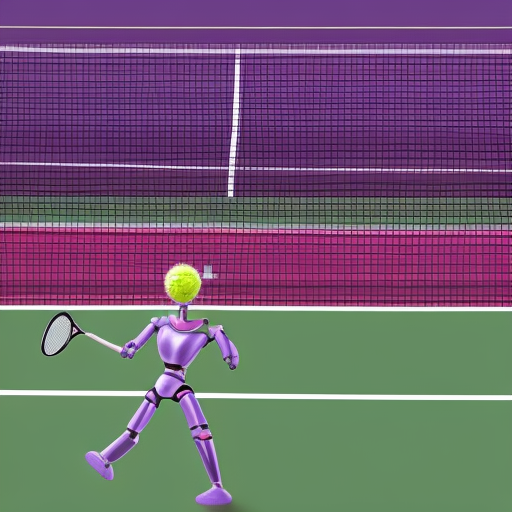
The development of humanoid robots that can perform complex tasks with agility and skill comparable to humans has been a long-standing goal in robotics and artificial intelligence. Playing tennis requires a combination of physical and mental skills, including strength, speed, agility, balance, coordination, strategy, and adaptability. Achieving a level of performance where a humanoid robot can consistently defeat top human tennis players in official matches would represent a significant milestone in robotics and AI.
Will a fully autonomous humanoid robot be developed that can reliably win against top-ranked human tennis players in official singles matches before January 1st, 2040?
Resolution criteria:
This question will resolve to "YES" if, before January 1st, 2040, a humanoid robot is publicly and credibly documented to have:
Demonstrated a fully autonomous ability to play tennis, which must include:
a. Accurate and real-time sensing of the tennis ball, court, net, opponent, and other relevant factors.
b. The ability to process and analyze the sensed information to plan and execute appropriate tennis strokes, strategies, and tactics.
c. The ability to adapt and adjust strategies based on the opponent's play, match conditions, and other relevant factors.Defeated multiple top-ranked human tennis players, where "top-ranked" is defined as being within the top 50 players in the Association of Tennis Professionals (ATP) or Women's Tennis Association (WTA) rankings at the time of the match. The robot must:
a. Win at least three official singles matches against three different top-ranked players.
b. These victories must occur in official, sanctioned tennis tournaments or exhibition matches with standard rules and conditions.Possessed physical characteristics and capabilities resembling a humanoid form, including:
a. Two arms, two legs, and a torso.
b. Functional joints, such as shoulders, elbows, wrists, hips, knees, and ankles.
c. The ability to move and perform actions similar to human tennis players, such as running, jumping, and swinging a racket.Complied with all applicable rules and regulations for tennis matches, including equipment specifications and match procedures.
A successful demonstration must be accompanied by:
a. Publicly accessible documentation, such as video recordings, match statistics, and detailed descriptions of the robot's design, capabilities, and performance.
c. Coverage of the robot's victories in reputable sports media outlets.
d. Testimonials or statements from the defeated human players, acknowledging the robot's performance.
I will use my discretion when resolving this question, possibly in consultation with experts.